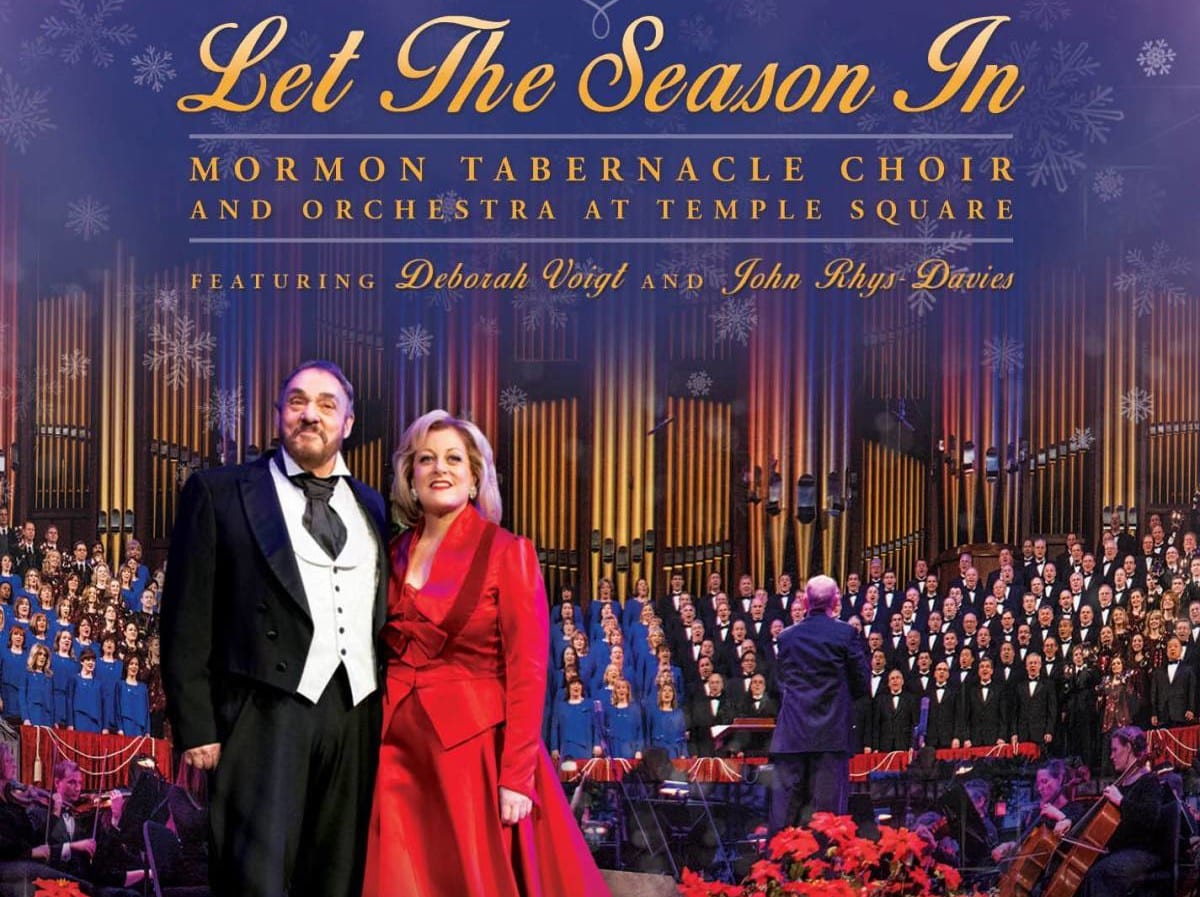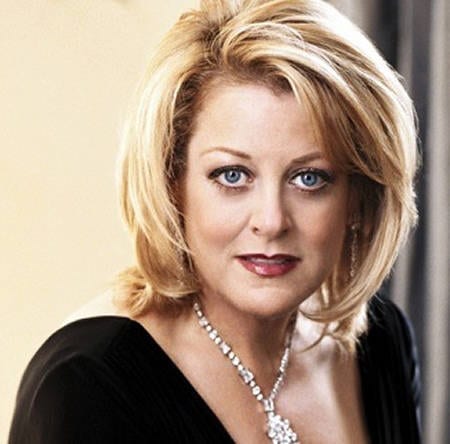
Album review: the Mormon Tabernacle Choir’s “Let the Season In”
Back in his younger days with the BYU Men’s Chorus, Mormon Tabernacle Choir director Mack Wilberg was developing his penchant for showmanship and spectacle. In his first concert with the men’s chorus, he tagged on a medley of tunes from “Paint Your Wagon,” signaling to everyone a change in direction for the chorus. (From there, it grew from only 45 members to 230 when he left and one of the premiere male collegiate choirs in the nation.) He’d split the chorus into four different groups and had them enter as a processional. Once it was cowboy and western songs with pieces like “The Colorado Trail,” or “The Blue-bell Bull,” an early tribute to bull riders everywhere, another time he brought the house down at the start of the show beginning with a group of college fight songs, beginning with USC’s—where he got his Ph.D. in music—and of course finishing with the Cougar Fight Song.
Then it was on to bigger and better things with the Mormon Tabernacle Choir. Several friends I had in the choir when Craig Jessop unexpectedly resigned as director worried that the new direction they’d been moving in would stop with Jessop gone. I assured them Jessop and Wilberg were a team: Wilberg the idea man and Craig the salesman. Then I gave them some of my concert tapes under Wilberg, and all their worries disappeared.
The choir’s annual Christmas spectacular is just an outgrowth of Wilberg’s younger days with a who’s who in the world of music and acting. In the music world now, it’s becoming a badge of honor to be asked to participate in the show to say nothing of the guest narrators.

With “Let the Season In,” the Mormon Tabernacle Choir’s tradition of excellence continues, with dramatic soprano Deborah Voight and John Rhys-Davies, best known for his roles in the first three Indiana Jones movies, and as Gimli in the Lord of the Rings trilogy.
Thematically, with Voight as the featured singer, the music is more classical in nature, with pieces such as “And There Were Shepherds Abiding in the Fields” and excerpts from Bach’s “Magnificat in D Major,” both perfect in theme, but rarely heard by the general public.
As Voight begins her section of the performance, she quips that when Wilberg saw her suggestions for the program, he said, “Debbie, that seems a little Wagnerian.” To which she responded perfectly, “Well I am Wagnerian.” Even opera singers have a sense of humor about their work. A highlight of Voight’s performance is “The Twelve Days After Christmas,” a delightful send-up of one of the most annoying Christmas songs ever written. Just find out what happens when she and her true love have a fight. It’s enough to make the hot chocolate you’re sipping come out of your nose from laughing too hard.
In keeping with the choir’s tradition of excellence and always finding pieces to keep the audience on their toes, Wilberg takes the audience on a Russian Christmas holiday with pieces from Rimsky-Korsokov and Tchaikovsky’s “The Snow Maiden.”

Then John Rhys-Davies takes the stage to give us a “Dickens Christmas,” a factual-fiction, or fictional-fact, about the story behind Charles Dickens’s “A Christmas Carol.” The 30-minute story comes complete with a flight through London and England (the Conference Center) with the Ghost of Christmas Present. Davies’s stage presence is warm, engaging, powerful, and most of all friendly. Later as he recounts Luke, chapter two, he gives the Christmas Story a sense of deep veneration and wonder that is moving in the very best sense of the word.
So should you get the CD or the DVD? My answer is both. The CD allows you to have the music when you want just the music, but the DVD lets you enjoy Wilberg’s sense of showmanship and spectacle (and I use those words in their very best sense). The dancers, the bell choir, the orchestra, the Conference Center fully decked-out for Christmas, the recreation of mid-19th century London are just too amazing not relive. Take the time from your busy holiday schedule to enjoy it and see for yourselves just what the choir’s tradition of excellence means.



